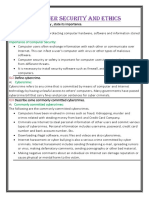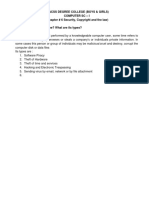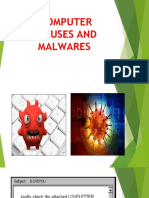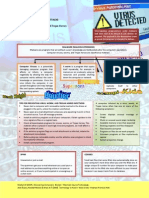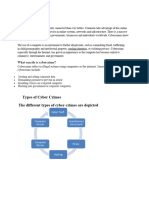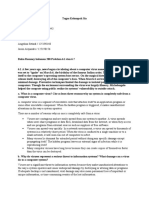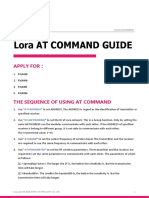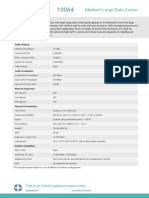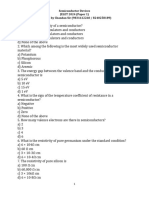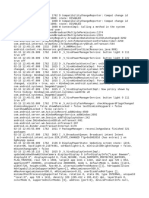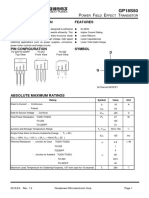0% found this document useful (0 votes)
20 views2 pagesChapter 10 Computer Malware
The document discusses malware, defining it as malicious software that can harm computers without user consent. It outlines protective measures against malware, types of computer viruses, and provides definitions for terms like spam, phishing, and hacking. Additionally, it explains the role of antivirus software and the importance of updating virus definitions.
Uploaded by
guptaprakhar091Copyright
© © All Rights Reserved
We take content rights seriously. If you suspect this is your content, claim it here.
Available Formats
Download as PDF, TXT or read online on Scribd
0% found this document useful (0 votes)
20 views2 pagesChapter 10 Computer Malware
The document discusses malware, defining it as malicious software that can harm computers without user consent. It outlines protective measures against malware, types of computer viruses, and provides definitions for terms like spam, phishing, and hacking. Additionally, it explains the role of antivirus software and the importance of updating virus definitions.
Uploaded by
guptaprakhar091Copyright
© © All Rights Reserved
We take content rights seriously. If you suspect this is your content, claim it here.
Available Formats
Download as PDF, TXT or read online on Scribd
/ 2









